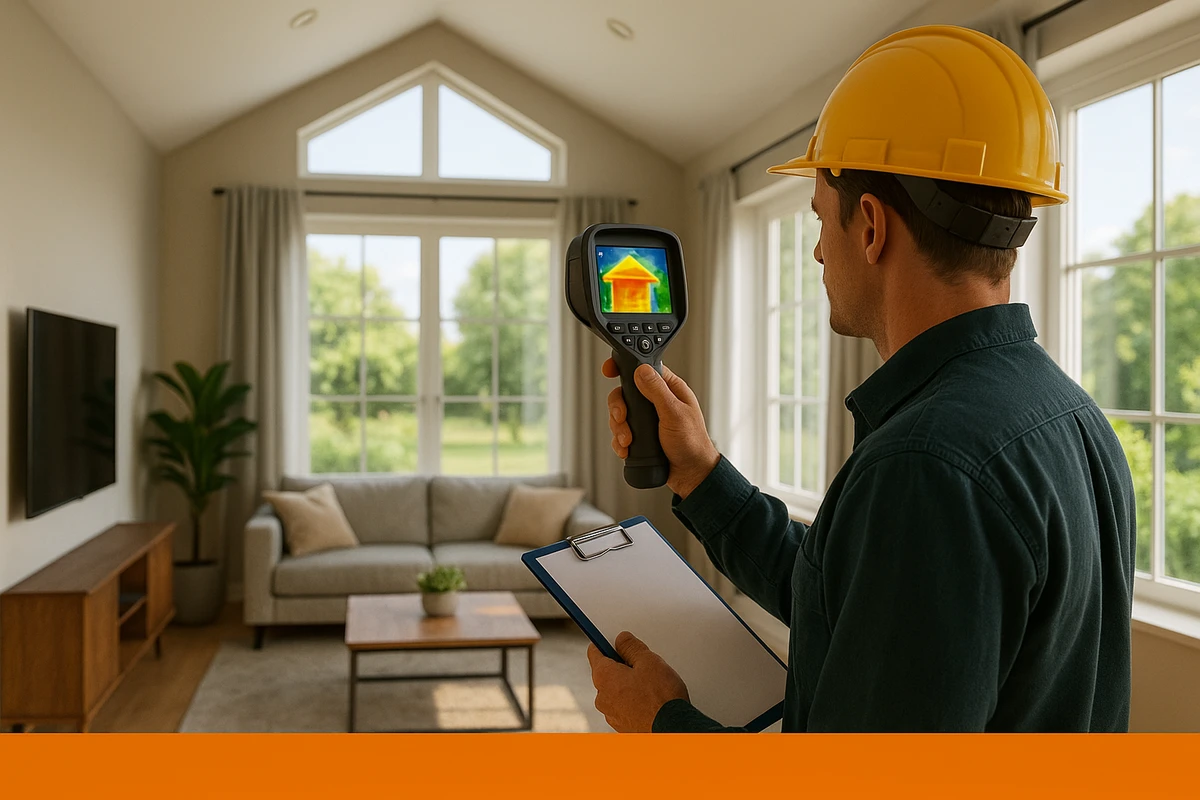Home Energy Audit
Request A Quote
Book Phone Consultation
A home energy audit is like a health check-up for your house. It’s a complete evaluation of how efficiently your home uses energy and where it might be slipping away unnoticed. Many homeowners are surprised to learn that small leaks, thin insulation, or outdated systems can quietly waste energy and push utility bills higher every month.
How We Assess Your Home
Our certified energy professionals use advanced diagnostic tools to uncover hidden inefficiencies. Thermal imaging cameras reveal hot and cold spots behind walls, while blower door tests measure how much air is escaping through tiny cracks and gaps. Together, these tools allow us to see what the eye alone cannot detect and give you a clear picture of your home’s energy performance.
What We Look At
During the audit, we take a close look at the key systems that affect comfort and efficiency. We assess the quality of insulation in your walls, attic, and floors. We check for air leakage that may be letting your conditioned air slip outdoors. We measure how effectively your heating and cooling system is operating. And we evaluate your home’s overall building envelope to see how well it keeps the inside air in and the outside air out.
Results and Recommendations
At the end of the audit, you’ll receive a detailed yet easy-to-understand report. This includes practical recommendations that are tailored to your home, such as sealing leaks, improving insulation, upgrading HVAC performance, or making simple energy-saving changes.
Why It Matters
The benefits of a home energy audit extend far beyond lowering monthly bills. An energy-efficient home is more comfortable in every season, with fewer drafts in the winter and better cooling in the summer. Improved efficiency can also enhance indoor air quality and create a healthier living space for your family. Over time, these upgrades increase your property’s value and reduce your carbon footprint, making your home not only more cost-effective but also more sustainable.